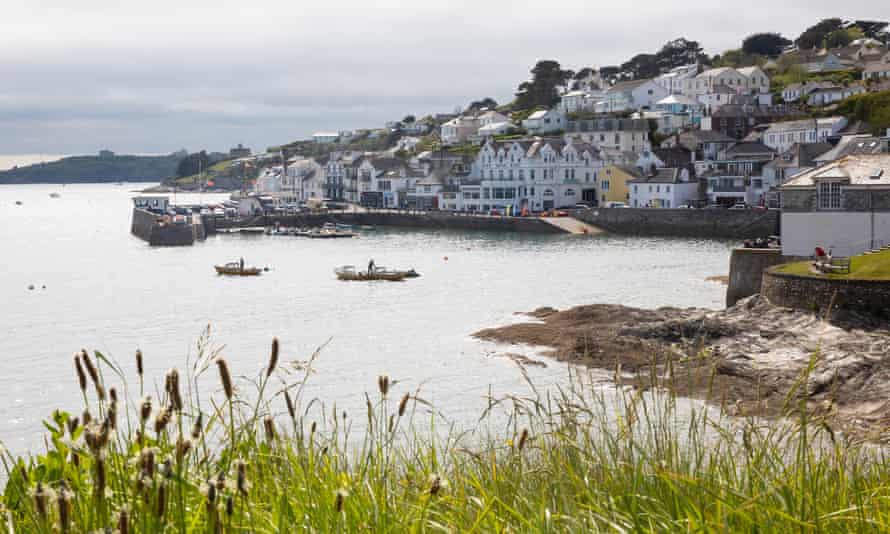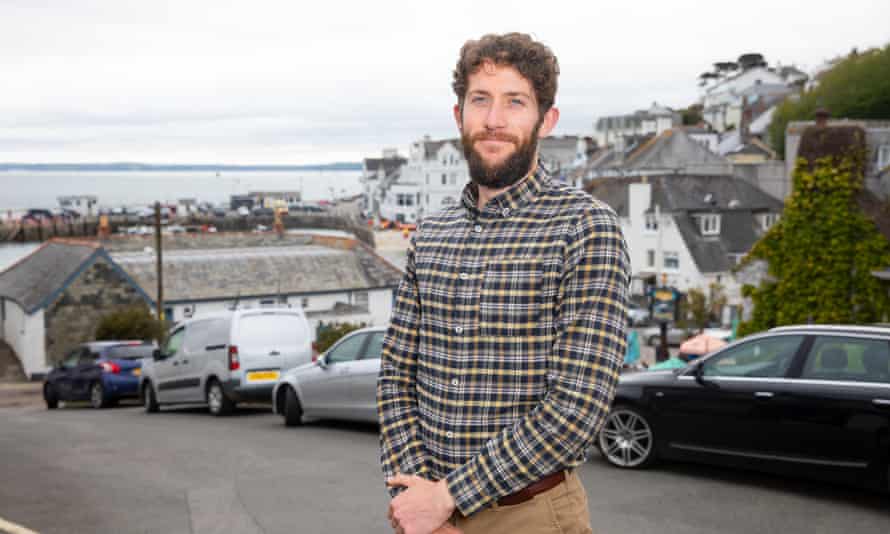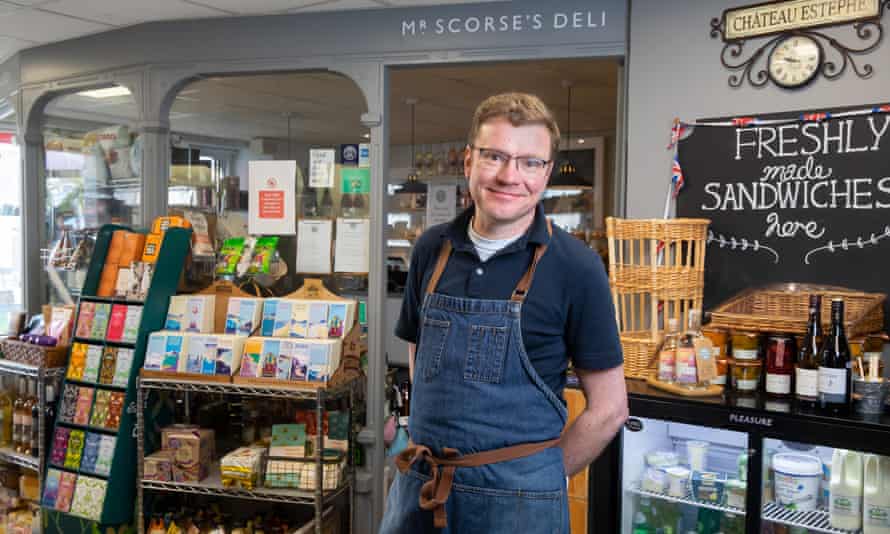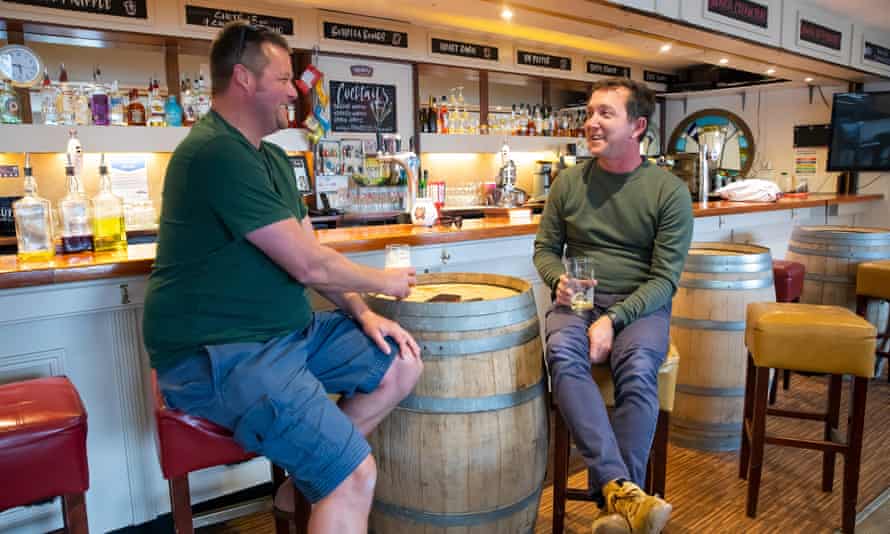‘There goes my chance’: house prices rocket as Cornwall locals priced out
05-31-2021
St Mawes has biggest increase in average house price of any British seaside town, finds Halifax

Perched on a hill above the fishing harbour of St Mawes, the estate agent H Tiddy has sold houses in this picture postcard corner of Cornwall for more than a century – but business has never been as frantic as it is now.
“Since last March it’s just been so busy,” said Tom Sparkes, a senior valuer. “I think the pandemic has made people think again about their plans. Some have decided to retire early, others have realised if they work from home they might as well do it from here. And there are lots of people who’d like a second home in this area.”

Figures published on Saturday by Halifax show St Mawes has had the biggest increase in average prices of any British seaside town over the last year, soaring by 48% from £340,000 to £502,000. “We haven’t had time to work that sort of thing out,” said Sparkes. “We’ve had too much to do.”
Sparkes had to dash back inside to take another call – the phones ring constantly. But the shop window tells the tale. At the top end, a waterfront pile with a solar-heated swimming pool is on for £4m, while near the bottom, a “quintessential end-of-terrace former fisherman’s cottage” is up for half a million.
St Mawes, actually, isn’t the most expensive in Cornwall, according to the Halifax Seaside Town Review. Padstow – the home of Rick Stein’s foodie empire – takes that accolade with the average house price of £616,000 followed by Wadebridge at £537,000.
Seven out of the top 10 most expensive British seaside towns are in the south-west of England, with Salcombe in Devon (average £950,000) and Sandbanks in Dorset (£836,000) topping the list. The least expensive is Millport on the Isle of Cumbrae, off the coast of North Ayrshire in Scotland, where the average is £74,000.
Jon Scorse, owner of the gourmet deli Mr Scorse in St Mawes, was not thrilled to be informed of the village’s table-topping performance. “There goes my chances of buying here,” he said. “It gets more and more impossible.”

Scorse, 45, has built up his business over the last five years and has enough for a deposit for a “normal” sort of home. “But there’s nothing normal round here.”
He rents a place in the village. One of his staff members commutes in from Redruth, almost 30 miles away. Two Saturday assistants travel in by ferry from Falmouth. “I suppose my solution will be to move inland.”
A female worker at another shop, who asked not to be named because she did not want to attract the ire of her well-heeled customers, said she felt sad that houses were so pricey. “There’s no community here any more. You used to know everyone, now there’s so many newcomers. They’re even buying up the old council houses.”
Friends Frazer Cochrane, 43, and Simon Miller, 44, were chatting in the Bohella Bar, one of the pubs used by the “real” locals. Both were born and bred in St Mawes but live inland.
“People are snapping up every home that goes on the market,” said Cochrane. He is a builder so is benefiting from the property price surge. “Work is mental. I don’t complain too much.”
Cochrane and Miller believe that most people are still buying houses as second homes rather than primary residences. “Come in the winter and there are hardly any lights on,” said Miller.
Philip Salter, a 79-year-old parish councillor, bought his council house in the Thatcher years. He upgraded to his current home 35 years ago for £135,000 and it is worth at least a million now.

He talks disparagingly of the “house farmers”.“They buy a house, do it up, make a killing,” he said. Salter is not tempted to sell. “They’ll have to take me out in a box,” he said.
Julian German, an independent who led Cornwall council until the Conservatives took control this month, attended primary schools in St Mawes and nearby Gerrans. Gerrans primary was built to cater for 110 children but both schools now usually only have about 35 or 40 pupils.
“People think about the problems places like London have in housing key workers. We have the same challenges,” he said. “People who are really important but aren’t earning large wages can’t afford to live in St Mawes.”
The former St Ives MP Andrew George, a Liberal Democrat who now runs a charitable trust that works to address housing needs, was scathing about second homeowners who turn up in their “gleaming fleets”. “As they arrive the lopsided, unjust housing system marches local families out to a precarious existence in the crammed estates of inland towns,” he said.
As in Wales, the arrival of newcomers can be seen as a threat to culture and language. Will Coleman, the artistic director of the Redruth-based Golden Tree Productions which promotes Cornish culture, said newcomers who wanted to contribute were welcome.
“But it is certainly the case that the commodification of homes as business opportunities is a poisonous blight with desperate impact culturally, sociologically and environmentally.”
Coleman concluded with a splash of Cornish: “It is not surprising that everyone wants to come here. Kernow yw splat an gwella yn norvys oll!” (Cornwall is the best patch of the whole planet!)


